Aboard the Dutch assault ship HNLMS Johan de Witt in London, journalists were given a closer look at how NATO’s multinational task groups function in practice.
Commander Craig Raeburn of the Royal Navy, Chief of Staff for Standing NATO Maritime Group 1 (SNMG1), spoke to me about the daily work of turning broad strategy into coordinated action among ships and crews from across Europe.
“I’m the deputy for the Commodore, who’s a one-star Dutch officer,” Raeburn said. “My role is basically to take the Commodore’s strategic ideas and put them into practice. He does the ‘what I want to do,’ and I do the ‘execute.’ I also act as his deputy when he’s not here.”
Managing a rotating headquarters team of around twenty officers, he has worked with colleagues from almost every major NATO navy. “I control a staff of 20, mainly Dutch officers and about five international officers, which include Portuguese, Spanish and German. I’ve had Polish officers in the past, and I’ve had Swedish and Finnish officers working on the staff.”
Coordination across such a diverse mix, he said, depends less on luck than on decades of standardisation. NATO ships share similar communications and command systems that allow them to operate together without friction. “It’s actually quite straightforward. We use common systems, not necessarily common weapons or common platforms, but our communications and command and control systems are very similar.”
One of the key tools behind that coordination is the Link network, which lets ships share tracking and targeting information in real time. “We use systems called Link which pass on information of targets and tracking information which can be easily shared with each nation, and our communication system operates within NATO secret boundaries, so we can communicate freely with each other, either over voice or over digital networks and satellite networks.”
Language, more broadly, is rarely a barrier at all. “My Spanish officers, my Polish officers, everything else, their powers of English are very good. Mainly because, for example, in aviation, in the maritime it’s the main language. It’s, if you like, the lingua franca for maritime operations. So they all come with that. That barrier is easily broken down.”
Years of multinational work have also helped him navigate cultural nuances. “Cultural barriers can be a little bit more of a challenge,” he admitted. “But I’ve probably worked half my naval career in international environments. I’ve worked in South Korea, I’ve worked in Yugoslavia, I’ve worked in Canada. I taught at the Canadian Warfare School for three years and the Dutch Warfare School for two. I understand the sensibilities, and it’s just a case of finding a common ground and an area where we can work together.”
That accumulated experience, he said, defines NATO’s standing maritime forces. “It shows that we have that capability, and it is the message that we are strongly together. We can work together, and we can operate together. That’s a real challenge for a single state that wants to put up a threat.”
He closed on a point that summed up the entire philosophy behind the naval power the Alliance has at its disposal.
“Together as NATO, we are considerably stronger than any other nation in the world, especially when we bring the US to bear in that force. It is that case of being stronger together.”


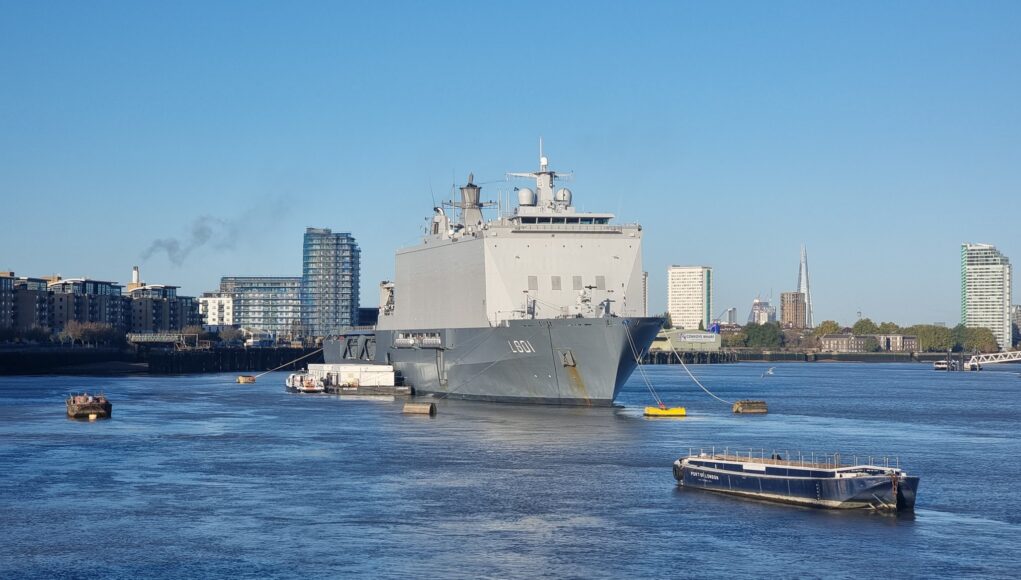
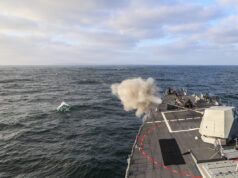
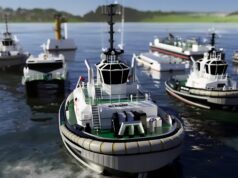
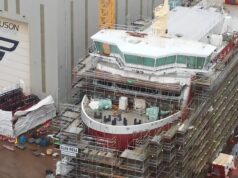
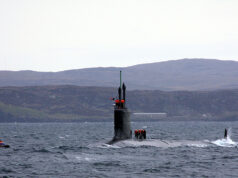
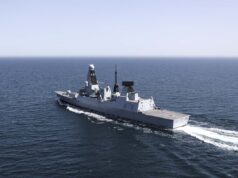

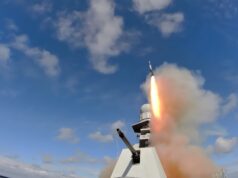
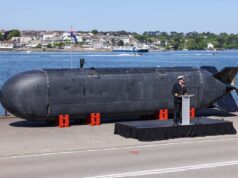
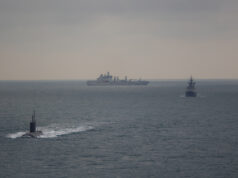
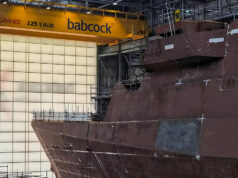

A very European perspective. It all changes when USN is involved, as he hints with the comment “specially when we bring the US to bear in that force”. There is a scene in the film in the film “Oh! What a Lovely War!” where the Yanks arrive and the British and French generals suddenly discover that they have a new boss. Change generals to admirals and that pretty well sums up the reality even today of allied naval power.